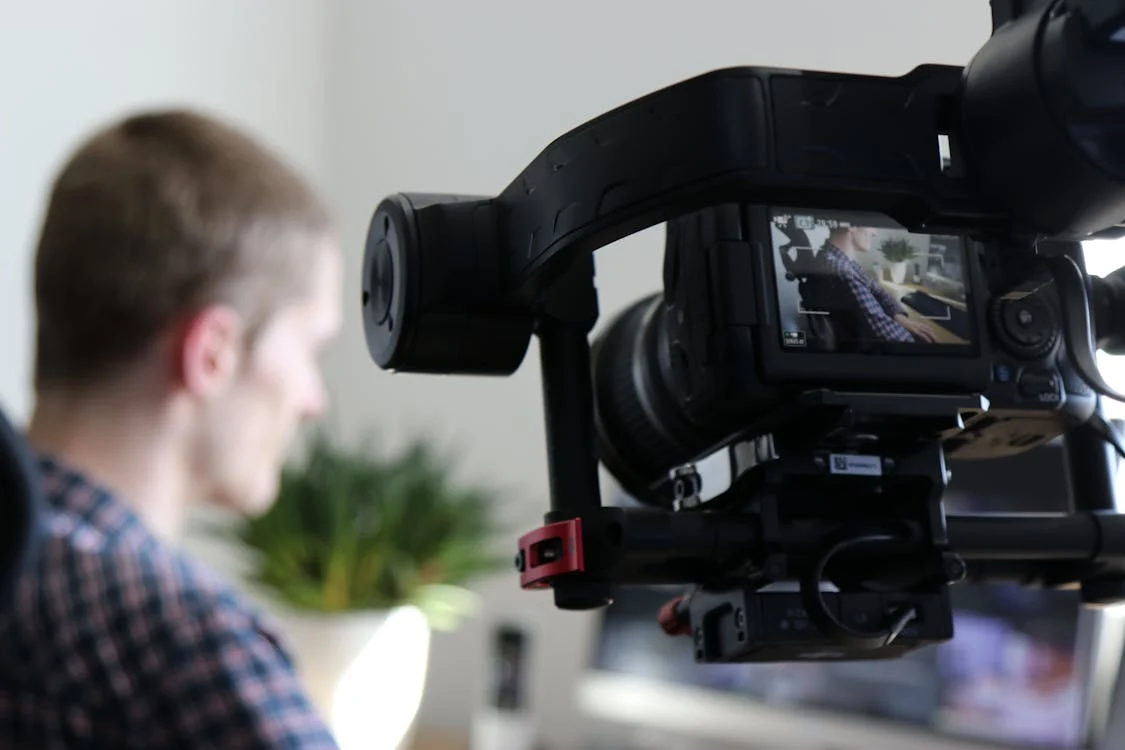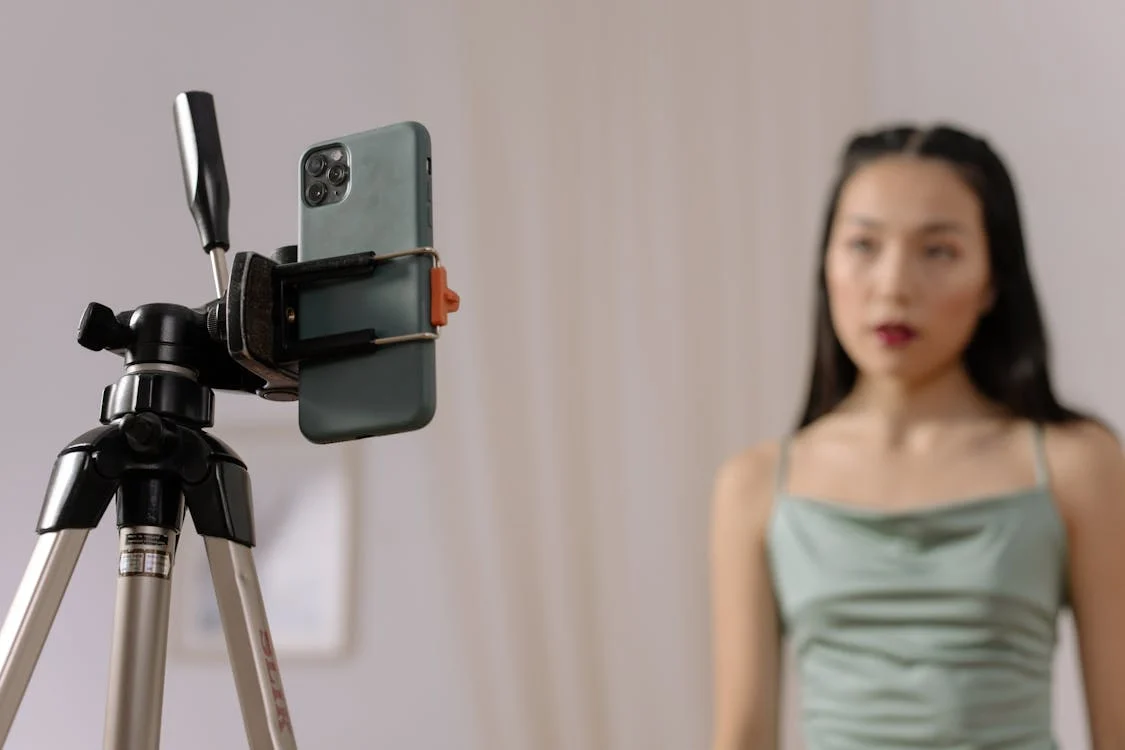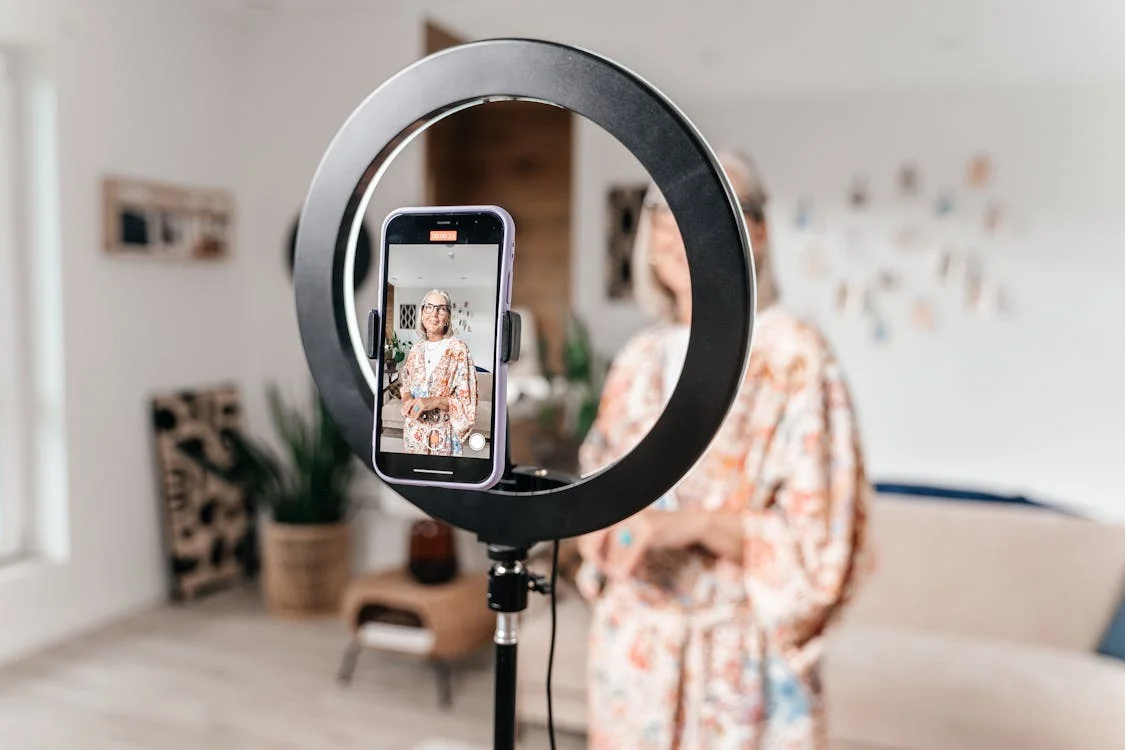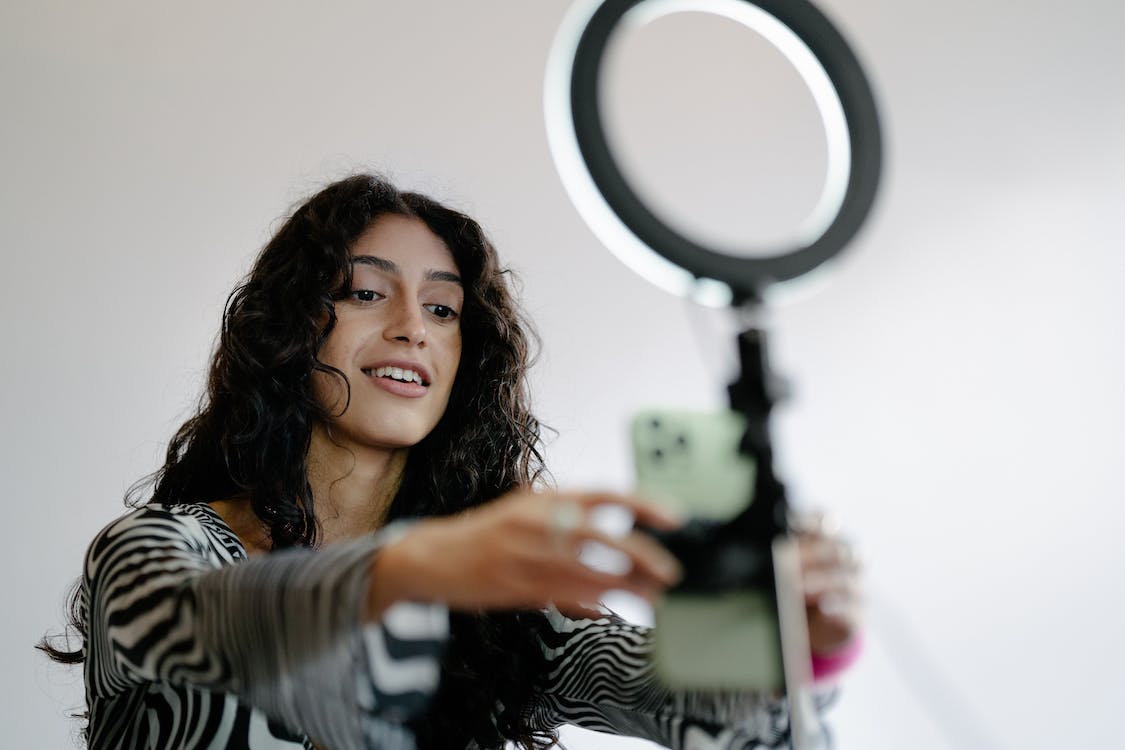Is It Okay to Do a Self-Tape Without a Reader?
The short answer is: yes, but…
(By Carmichael Phillips)
 (Photo: Ron Lach | Pexels)
(Photo: Ron Lach | Pexels)
RELATED:
7 Ways to Do a Self-Tape Without a Reader
One common challenge actors face when doing self-tapes is finding someone to read lines off-camera during their self-tape. In some cases, an actor may have to do a self-tape without having a reader present at all.
Is that acceptable? Is it okay to do a self-tape without a reader?
The short answer is: yes, but there are several things to consider.
Why a Reader Is Preferred?

Casting directors typically prefer actors to have a reader for dialogue-heavy scenes. A reader provides the necessary pacing, tone, and emotional connection that help bring the scene to life. It allows the actor to respond naturally and engage in the moment, which can enhance the authenticity of the performance.
When a reader is present, the dialogue flows as intended, and the actor can focus fully on their reactions, emotions, and the arc of the scene. It also helps casting directors envision how you interact with others on set.
When It’s Okay to Go Without a Reader

That being said, there are certain circumstances where it’s perfectly acceptable to do a self-tape without a reader. Here are a few situations where going solo is common:
Monologues or Single-Person Scenes: If your audition material consists of a monologue or a scene where the character is speaking to themselves or directly addressing the camera, no reader is required. In these cases, the focus is entirely on your performance, and casting directors won’t expect off-camera interaction.
No Access to a Reader: Sometimes, finding a reader isn’t feasible, especially when submitting an audition on short notice. In these cases, it’s better to send in a self-tape without a reader than to miss the deadline altogether.
Technical Restrictions: In some self-tapes, you may not need dialogue from another character if the casting director has specified that you only submit your lines for review. This can happen in the early stages of auditions or for roles where solo performance is prioritized.
How to Approach a Self-Tape Without a Reader
 (Photo: Antoni Shkraba Production | Pexels)
(Photo: Antoni Shkraba Production | Pexels)
If you have no choice but to self-tape without a reader, there are a few ways to make your audition work effectively:
Pre-recorded Lines: One option is to pre-record the other character’s lines and play them back during your taping. While this doesn’t perfectly replicate live interaction, it allows you to respond to something audible and maintain the natural rhythm of the conversation. Be mindful that the pre-recording shouldn’t overpower your own voice or distract from your performance.
Reading the Lines Yourself: Another technique is to briefly pause where the other character’s lines should be, giving yourself the time to imagine their delivery. While this can sometimes feel awkward, it shows casting directors that you’re prepared and allows them to focus solely on your performance.
Mark the Reader’s Lines in Editing: If you’re comfortable with editing, you can leave visual or audio gaps where the other character’s lines would go. This will allow casting directors to see the flow of the scene and where responses happen. However, this should only be done if you’re familiar with video editing, as it requires some technical skill.
Other Considerations
 (Photo: Mizuno K | Pexels)
(Photo: Mizuno K | Pexels)
While not having a reader isn’t ideal, it’s important to remember that casting directors understand the logistical challenges actors face. If your self-tape is strong and you deliver a compelling performance, they may overlook the absence of a reader, especially if the situation couldn’t be helped.
However, if possible, try to make arrangements for a reader. Virtual readers via video call apps can be a helpful workaround. Even if the audio quality isn’t perfect, having a live interaction will help with timing, pacing, and realism.
What Casting Directors Are Looking For
Casting directors care most about your ability to bring the character to life. While having a reader is ideal, it’s your performance that will stand out. If you’re acting without a reader, focus on ensuring your delivery is clear, engaging, and emotionally authentic. If you demonstrate a strong understanding of the material, a missing reader is unlikely to be a dealbreaker.



